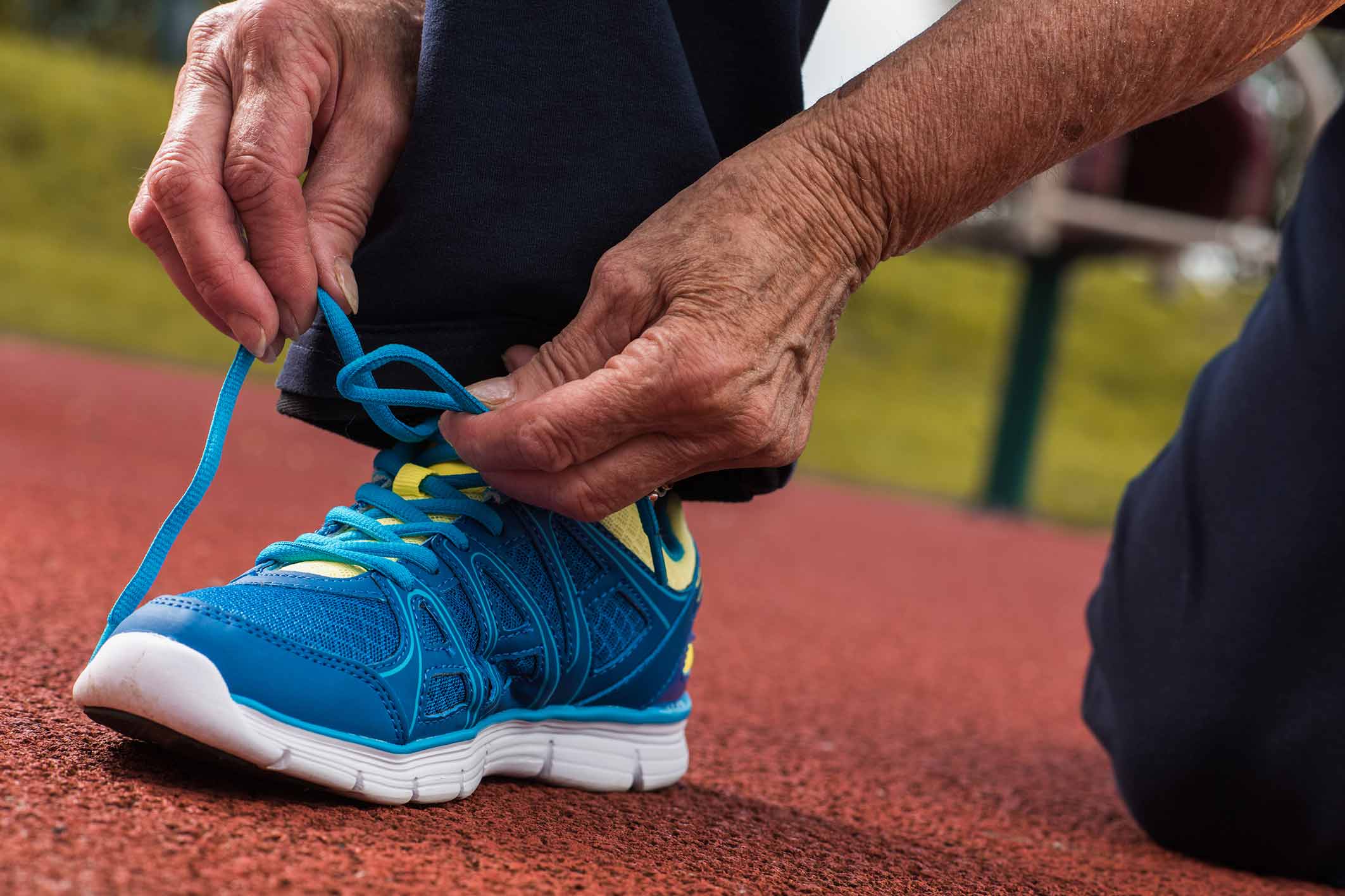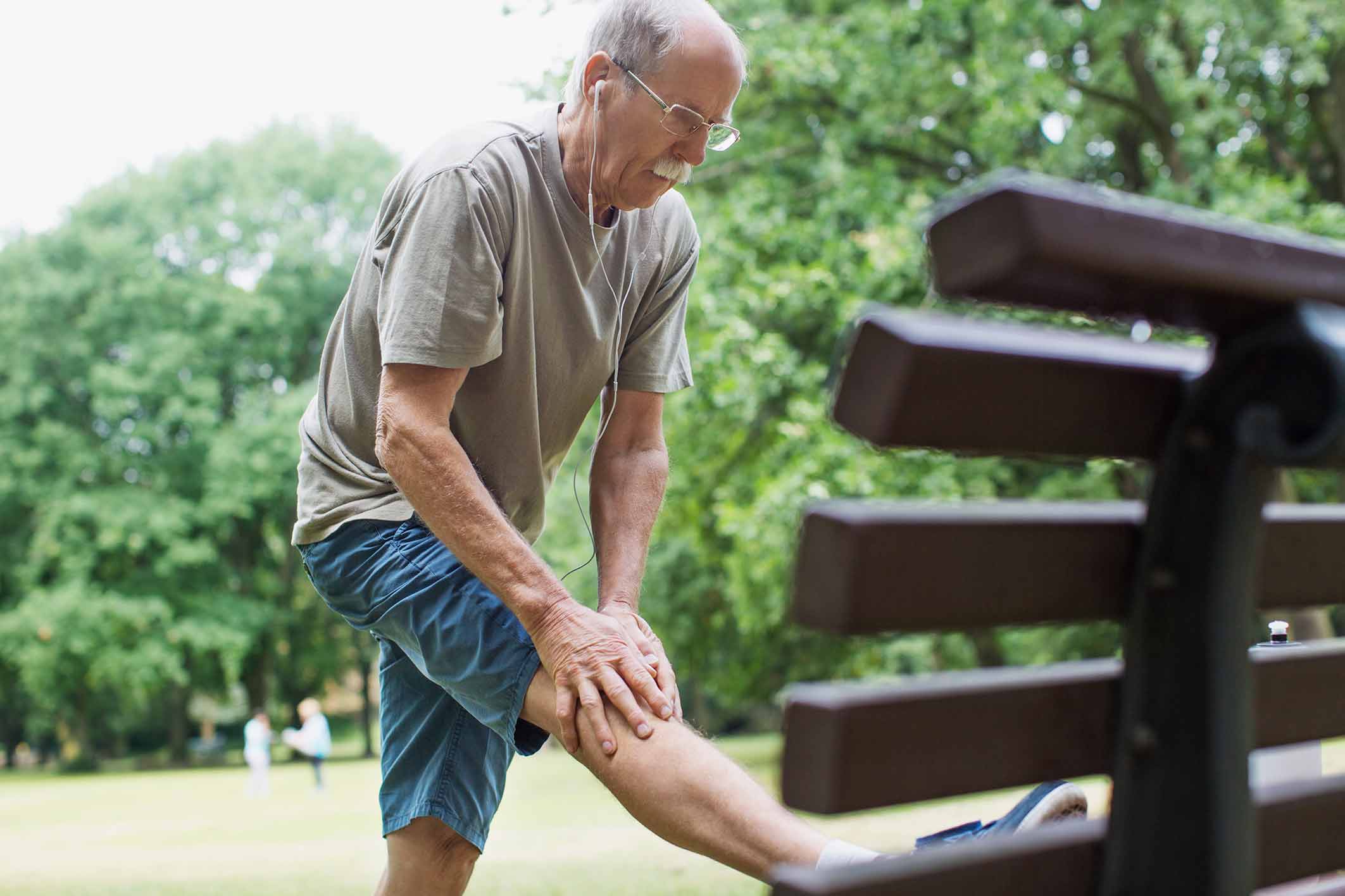What is peripheral neuropathy?
The peripheral nerves tell the body when, for example, the hands are cold. It can lead to tingling, prickling, numbness, and muscle weakness in various parts of the body.
Peripheral neuropathy can affect a range of different nerves, so it can impact a variety of locations in different ways. It can affect a single nerve, or several nerves at the same time.
It is also associated with a number of different underlying medical conditions. Sometimes there is no identifiable cause.
It affects some 20 million people in the United States (U.S.).
Fast facts on peripheral neuropathy
Here are some key points about peripheral neuropathy.
- Neuropathy is a common complication of a number of different medical conditions.
- It can involve the autonomic nerves, the motor nerves, and the sensory nerves.
- Sometimes it affects a single nerve or nerve set, for example, in Bell’s Palsy, which affects a facial nerve.
- Physical trauma, repetitive injury, infection, metabolic problems, and exposure to toxins and some drugs are all possible causes.
- People with diabetes have a high risk of neuropathy.
Treatment

Carpal tunnel syndrome is an example of a mononeuropathy, which affects a single nerve.
Treatment either targets the underlying cause, or it aims to provide symptomatic pain relief and prevent further damage.
In the case of diabetic neuropathy, addressing high blood sugars can prevent further nerve damage.
For toxic causes, removing the exposure to a suspected toxin, or stopping a drug, can halt further nerve damage.
Medications can relieve pain and reduce burning, numbness, and tingling.
Managing neuropathy
Non-steroidal anti-inflammatory drugs (NSAIDs), such as ibuprofen, may help control pain. These are available over the counter.
Topical ointments and creams, such as capsaicin 0.075 percent cream, containing chili pepper, may ease pain. Patches are also available.
Treating mononeuropathies
When neuropathy is caused by compression of a single nerve, treatment is similar whichever nerve is involved. The approach depends on whether the compression is fixed or transient.
A palsy of the ulnar, radial, or peroneal nerve may be transient and reversible, simply by avoiding the cause of the nerve compression. For example, a person with ulnar nerve palsy should not lean on the affected elbow.
The patient may be advised to rest and to use heat and a limited course of drugs to reduce inflammation.
In carpal tunnel syndrome, conservative therapy includes splinting the wrist, oral or injected corticosteroid drugs, and ultrasound.
If a single-nerve neuropathy does not respond to these measures, surgery may be an option. Surgery may also be necessary if the nerve compression is fixed, for example when caused by a tumor.
Referral to specialist pain services or a relevant clinical specialty should be considered at any stage if:
- pain is severe
- pain significantly limits daily activities and quality of life
- an underlying health condition is getting worse
Symptoms
Symptoms vary according to the types of neuropathy.
Sensory neuropathy
The person may have:
- tingling and numbness
- pins and needles and hypersensitivity
- increased pain or inability to feel pain
- loss of ability to detect changes in heat and cold
- loss of co-ordination and proprioception
- burning, stabbing, lancing, boring, or shooting pains, which may be worse at night
It can also lead to foot and leg ulcers, infection, and gangrene.
Motor neuropathy
This affects the muscles.
Symptoms include:
- muscle weakness, leading to unsteadiness and difficulty performing small movements, such as buttoning a shirt.
- muscle wasting
- muscle twitching and cramps
- muscle paralysis
If the autonomic nerves are affected, there may be problems with sweating, heat intolerance, bowel or bladder problems, and changes in blood pressure, leading to dizziness.
Causes
Many types of neuropathy are “idiopathic,” or of unknown cause, but a number of conditions can trigger it.
Diabetes is the most common cause of chronic peripheral neuropathy. It happens when high blood sugar levels damage the nerves.
Other medical conditions and injuries include:
- Chronic kidney disease: if the kidneys are not functioning normally, an imbalance of salts and chemicals can cause peripheral neuropathy.
- Injuries: Broken bones and tight plaster casts can put pressure directly on the nerves.
- Infections: Shingles, HIV infection, Lyme disease, and others can lead to nerve damage.
- Guillain-Barré syndrome: This is a specific type of peripheral neuropathy, triggered by infection.
- Some autoimmune disorders: These include rheumatoid arthritis and systemic lupus erythematosus (SLE).
Other causes include:
- excessive alcohol intake
- some drugs, for example, chemotherapy and HIV treatment
- B12 or folate vitamin deficiencies
- poisons, such as insecticides and solvents
- some kinds of cancer, including lymphoma and multiple myeloma
- chronic liver disease
Disorders of the small blood vessels can reduce blood supply to the nerves, resulting in nerve tissue damage.
Neuromas, benign tumors that affect nerve tissue, can lead to neuropathic pain.
Diabetic neuropathy
The most common cause of peripheral neuropathy is diabetes. Around 60 to 70 percent of people with diabetes have some degree of neuropathy.
High blood sugar levels cause damage to the walls of the tiny blood vessels that supply oxygen and nutrients to the nerves in the ends of the hands and feet, and the essential organs in the body, such as the eyes, kidneys, and heart.
As a result, not only does the skin becomes damaged, but the loss of sensation further increases the risk of damage.
In the U.S., diabetic neuropathy is the main cause of foot problems and ulcers in people with diabetes. Around half of all people with diabetes are believed to have diabetic neuropathy.
Types
The nervous system is a complex web of communications in which different types of nerves interact. Peripheral neuropathy refers specifically to a malfunction of the peripheral nerves.
Over 100 types of neuropathy have been identified, each with its own causes and symptoms.
Neuropathy can affect the:
- Sensory nerves: These nerves control sensation, and damage can cause tingling, pain, numbness, or weakness in the feet and hands.
- Motor nerves: These nerves allow power and movement, and damage can cause weakness in the feet and hands.
- Autonomic nerves: These nerves control body systems such as the digestive or cardiovascular system. Damage can affect the heart rate, blood pressure, and other functions.
Mononeuropathy involves a single nerve. In polyneuropathy, several nerves are affected.
Examples of neuropathy include:
- postherpetic neuralgia, which can follow shingles. Sensory neuropathy can last for many months after the rash disappears.
- ulnar nerve palsy, following an injury to the elbow
- carpel tunnel syndrome, a compression of the nerves in the wrist
- peroneal nerve palsy, caused by compression of a nerve in the leg that runs by the neck of the fibular, or the calf bone, between the knee and ankle
- Bell’s palsy, a single-nerve neuropathy that affects the face
Natural treatments

Hot or cold pack may help relieve discomfort.
- wearing fabrics that do not irritate, such as cotton
- covering sensitive areas with a plastic wound dressing or cling film
- using warm or cold packs, unless the problem is worsened by heat or cold
Stress-relief and other complementary therapies include meditation, relaxation techniques, massage, and acupuncture.
Some people find that using a transcutaneous electrical nerve stimulation (TENS) machine helps. This device interrupts nerve messages by delivering a small electric current. Its effectiveness has not been confirmed by research.
Any supplements should first be discussed with a doctor.
Outlook
The outlook for peripheral neuropathy varies, depending on the underlying cause, and which nerves have been damaged.
Some cases may improve with time if the underlying cause is treated, but in others, the damage may be permanent or gradually worse with time.
Article Provided By: Medical News Today
























